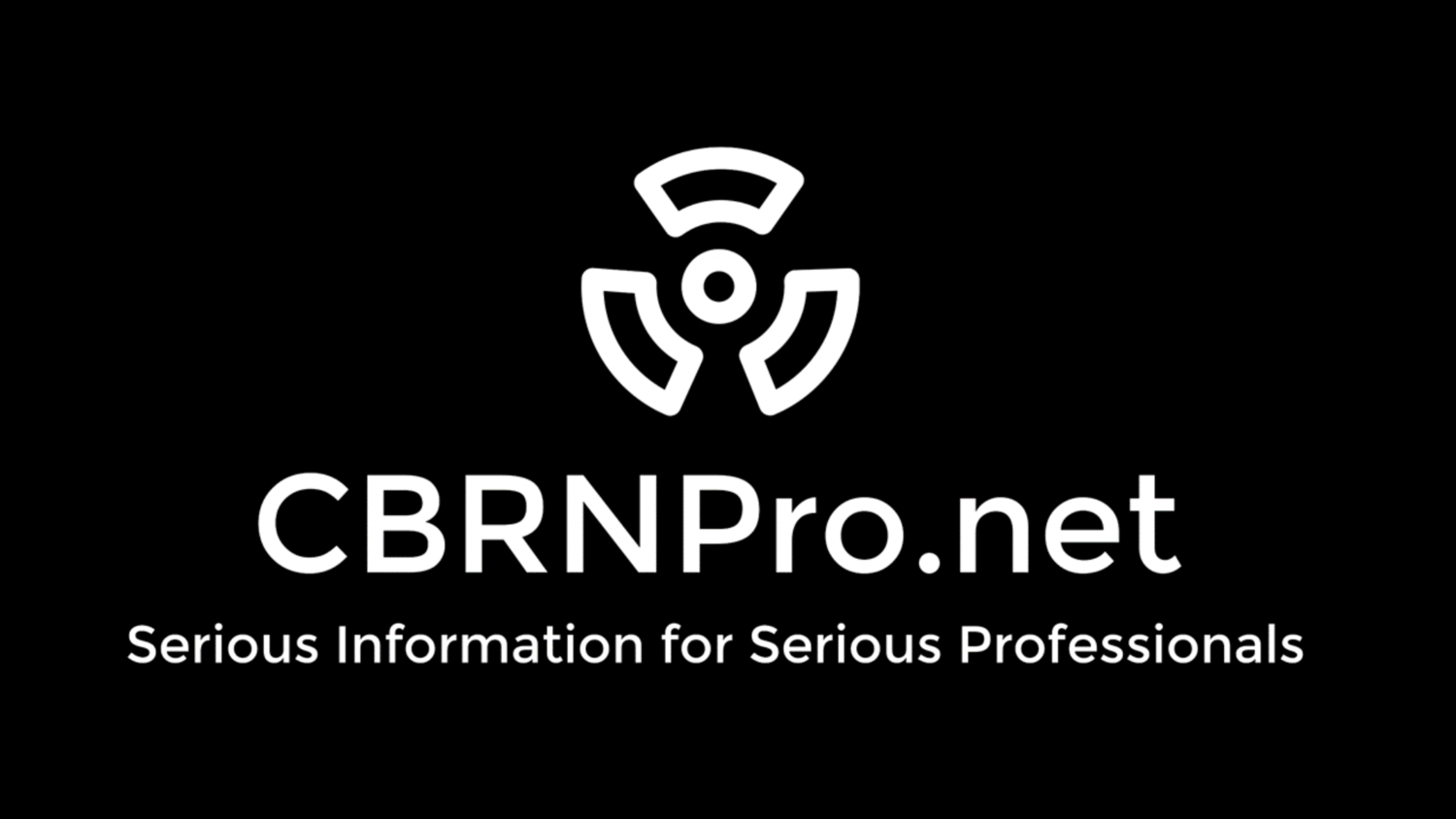All tagged CBRN Operations
Part 3 of the CBRNPro.net series on CBRN equipment selection and use examines Ion-Mobility Spectrometry (IMS) based Chemical Agent Detectors, how they work and sometimes don’t work the way you expect, as well as a few best practices for their use, along with some useful tips and techniques to help you get the most out of your IMS detector.
A new post exploring personal radiation monitoring and detection, the second part of a new series at CBRNPro.net titled “I don’t think you are doing that right…” Equipment selection and use in CBRN operations.
CBRN world is full of technology and various “magic boxes” designed to provide information. Many of these devices are in the hands of operators who lack an understanding of the technology they use. This series examines some of the critical pieces of equipment in CBRN operations and the ways operators can utilize their equipment properly to improve safety and increase operational awareness.
Clickbait. Every site has it these days. We didn’t want to be different. So here you go: The Top Ten Things People Get Wrong About CBRN
One of our readers requested some additional source material about some of what I write about on CBRNPro.net. The Further Reading list posted today will appear in our forthcoming book on Belleau Wood and in our series of publications of Rexmond Cochrane's work, but I'm posting it here for a "living version" on our website to encourage others to learn more about the most critical part of CBRN history - the beginning.
Are we as unprepared as we were in 1917? Or as ready as we were in 1990? War in Korea would be chemical. That has consequences for military operations. Are we ready for them?
Preview our forthcoming book, the first in a series, and learn how you can score a free t-shirt, coffee mug, or sticker.
CBRNPro.net offers an alternate approach to CBRN operations that differs from the traditional HazMat Operations based approach discussed last week. By focusing on the target, CBRN operators can obtain greater clarity and focus in their mission planning, equipment selection, and training. Oh, and we talk about the obvious. You know, stuff like big giant titanium balls from outer space, like the one in the picture.









